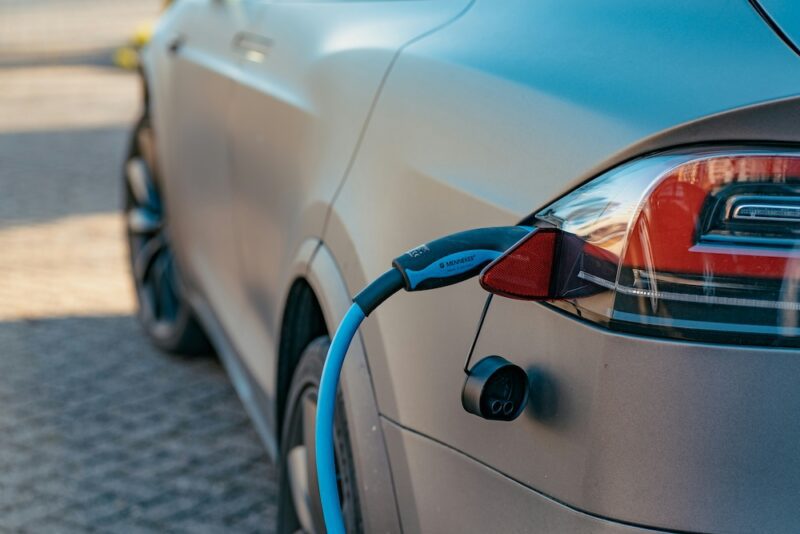The peanut gallery continues to churn out misinformation on the government’s New Vehicle Efficiency Standards (NVES).
I think most Australians have better things to focus their attention on, but it’s important we continue to correct the record:
- The government’s proposed standard is technology neutral. It does not preference any technology over another. It provides no bonuses for EVs, hybrids, etc. This is what the Federal Coalition + car industry asked for.
- The targets set can be met under an infinite number of scenarios – it is ultimately up to the market to decide this mix. There is no minimum BEV % required. It could be less than 20% with the 2029 target still met. I think BEV sales will be much higher than this (so do the FCAI according to their forecasts), but the standard does not guarantee this outcome – it’s not a mandate.
- Rarely do car makers pay the full penalty rate set by the standard. Cherry-picking the most emissions-intensive variant of a model, multiplying this by the penalty and calling it a tax is not only a complete misrepresentation of how the standard works, it is misleading, disceptive and wrong. Car makers over the target will purchase credits from car makers under the target at a fraction of the penalty rate (usually 40-50% in global schemes). The penalty is the stick that forces car makers to participate in the credit trading scheme. And what better way to incentivise car makers to import more efficient vehicles than to have them pay their competitors who are already doing that!
- Many car makers will earn revenue through the standard, which can then be reinvested into further driving down the costs of efficient petrol, hybrid + electric vehicles. This is a great outcome for consumers – it’s not great news for those wanting to profit off Australia being a dumping ground. Cry me a river!
- There is NO evidence that efficiency standards lead to an increase in vehicle purchase prices or mass model withdrawals. These lines are textbook strategy for opponents everywhere a standard has been introduced.
Australia is a highly profitable car market. An international CEO recently stated that one of Australia’s most popular utes is ‘super profitable’. In contrast, Govt’s focus is rightly on saving Australians money.
It’s time for all global car makers to do their fair share, help drive down fuel bills while supporting our climate targets. Many have already accepted that challenge.
There is no shortage of efficient vehicle options for Australia in the 2020s if we have the right policy in place.
Those that don’t support the standard should be clear they also don’t support Australia’s climate targets or outline an alternative design that will deliver the same consumer, public health and environmental benefits. That’s the point of this consultation after all – not whinging about being caught with your head stuck in the sand.
A bit more vision about the exciting transport future we have ahead would be nice for a change!
This article was originally posted on LinkedIn by Dr Jake Whitehead, who is Head of Policy at the Electric Vehicle Council, CEO of the mobility-as-a-service company ODIN PASS, an Adjunct Professor at the University of Sydney, and a former Lead-Author of the Transport Chapter for Intergovernmental Panel on Climate Change.

